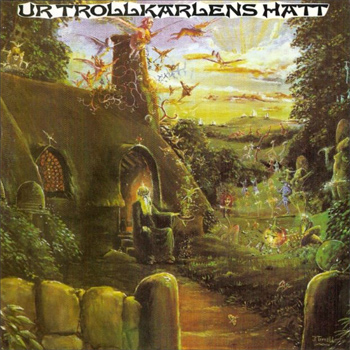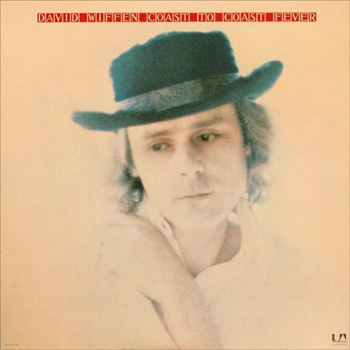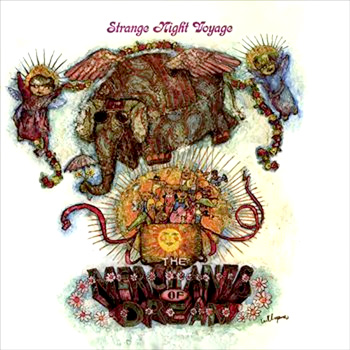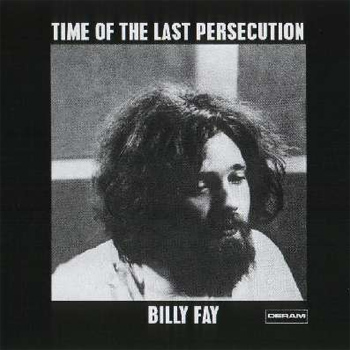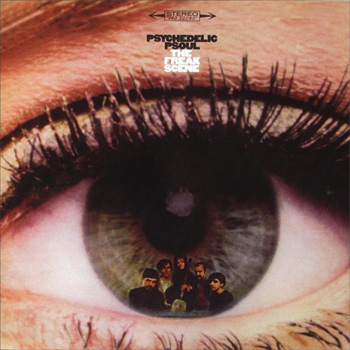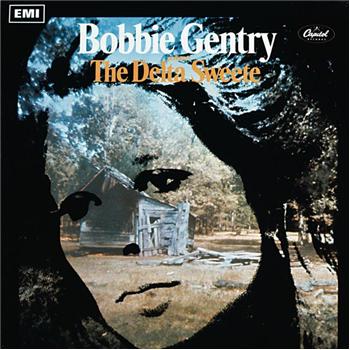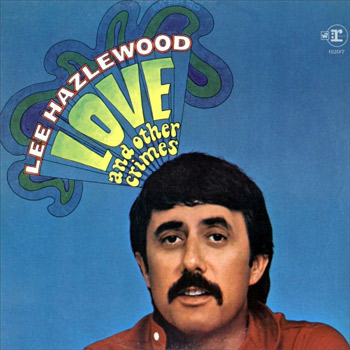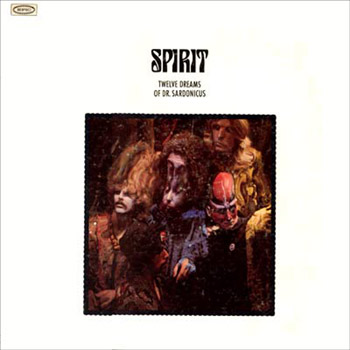Kalacakra “Crawling To Lhasa”
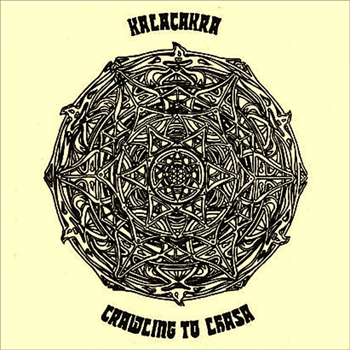
This is perhaps one of the strangest and most underrated records to have emerged from the first wave of krautrock. 1972’s Crawling To Lhasa was the first and, ultimately, only set of recordings ever released by Kalacakra, the short-lived duo of Claus Rauschenbach and Heinz Martin, but where the band lacked in staying-power they more than made up for themselves in pure imagination. You would be hard-pressed to find much in the way of comparable material from this era in time.
Resting somewhere between the surreal communality of Amon Düül and the spooky grooves of Can, Crawling To Lhasa is a largely instrumental affair (even when vocals are featured, they are generally whispered, cackled or chanted to the point that they serve more as instruments than as any real vehicles of communication) exploring a sort of mysterious, stoned spiritualism hinted at by the record’s many allusions to Tibetan Buddhism. Songs meander, drift, or press on at indistinguishable points, and while this may seem to point to the record as simply being a collection of directionless jamming, the modus operandi serves the mood here in a way more elaborately crafted songs would fail to do.
All this talk about religion and mystery is not to say that this record lacks a sense of humor, however. My German is not very good, but judging by the amount of (admittedly eerie) laughter going on in the background to some of these songs, Martin and Rauschenbach definitely made it a point to enjoy these sessions “ even when discussing such topics as the Black Plague in opener Nearby Shiras. Tempos are generally slow, though the electric Indian/medieval music hybrid Raga Eleven does up the energy a little with cymbal crashes and an alarmingly insistent tambourine. Though the record maintains an extremely constant atmosphere, the band is not afraid to explore several different facets of sound, from the rather beautiful, nine-minute acoustic guitar and flute meditation September’s Full Moon to the creeping blues pastiche Tante Olga, which keeps reminding me of some sort of cosmic, acoustic Endless Boogie jam session. Rauschenbach’s deranged vocal mantra and Martin’s nauseous electric guitar riff just keeping their cyclical choogling from driving me up the wall.
Garden of Delights reissued this album back in 2001 on compact disc, but unfortunately took it upon themselves to grace the end of this issue with two New Age synthesizer numbers from what must have been a reunion of sorts. Their vinyl issue makes the crime even worse: rather than tacked on at the end of the record where they can be easily ignored, these two additions are spread across both sides of the LP. Looks like you will either have to suffer through these two anomalies or look for one of the few rare original pressings of Lhasa before we can get a properly restored remaster from the band. Don’t let it dissuade you from hunting this number down, though. This is a real gem from the krautrock underground that anyone interested in the music deserves to hear.
mp3: Nearby Shiras
![]() Reissue | 2012 | Bacillus | buy here ]
Reissue | 2012 | Bacillus | buy here ]
![]() Spotify link | listen ]
Spotify link | listen ]

